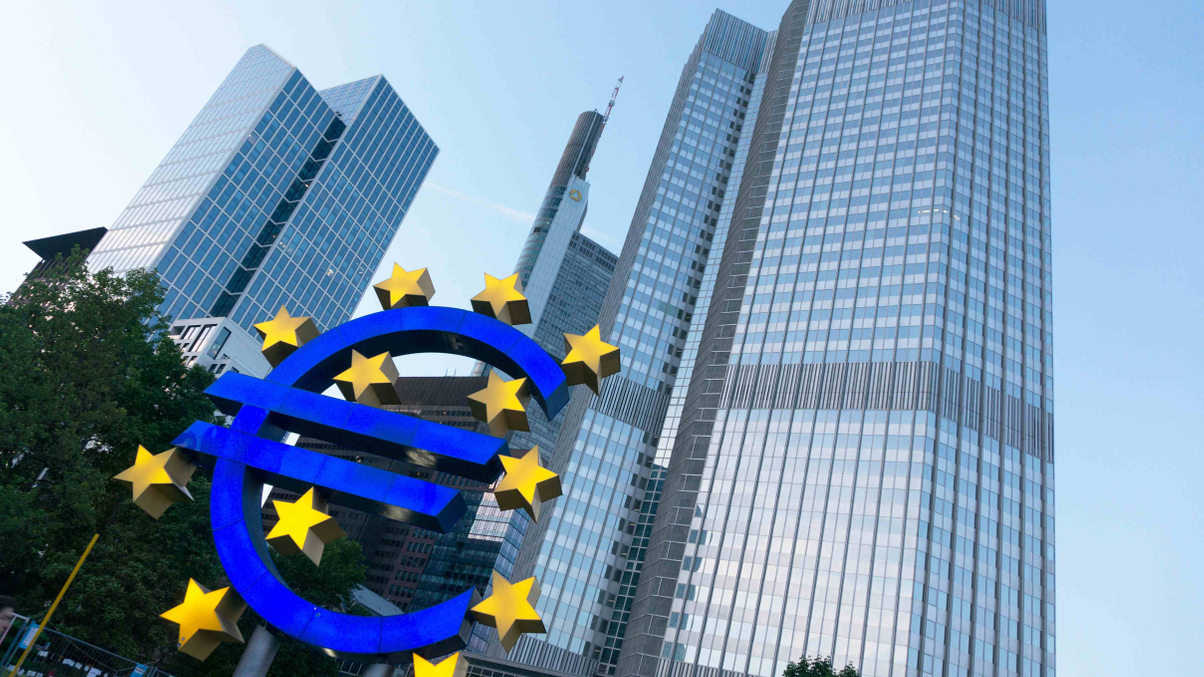ECB seen indirectly boosting Asian assets
Stimulus policies and expected quantitative easing from the European Central Bank are likely to boost growth in emerging markets and feed the search for yield in Asia, argue investors.

The European Central Bank’s recently announced stimulus measures will likely boost growth in emerging markets, further intensify the search for yield in Asia and maintain ample liquidity in the region, say finance executives.
Sign in to read on!
Registered users get 2 free articles in 30 days.
Subscribers have full unlimited access to AsianInvestor
Not signed up? New users get 2 free articles per month, plus a 7-day unlimited free trial.
¬ Haymarket Media Limited. All rights reserved.


